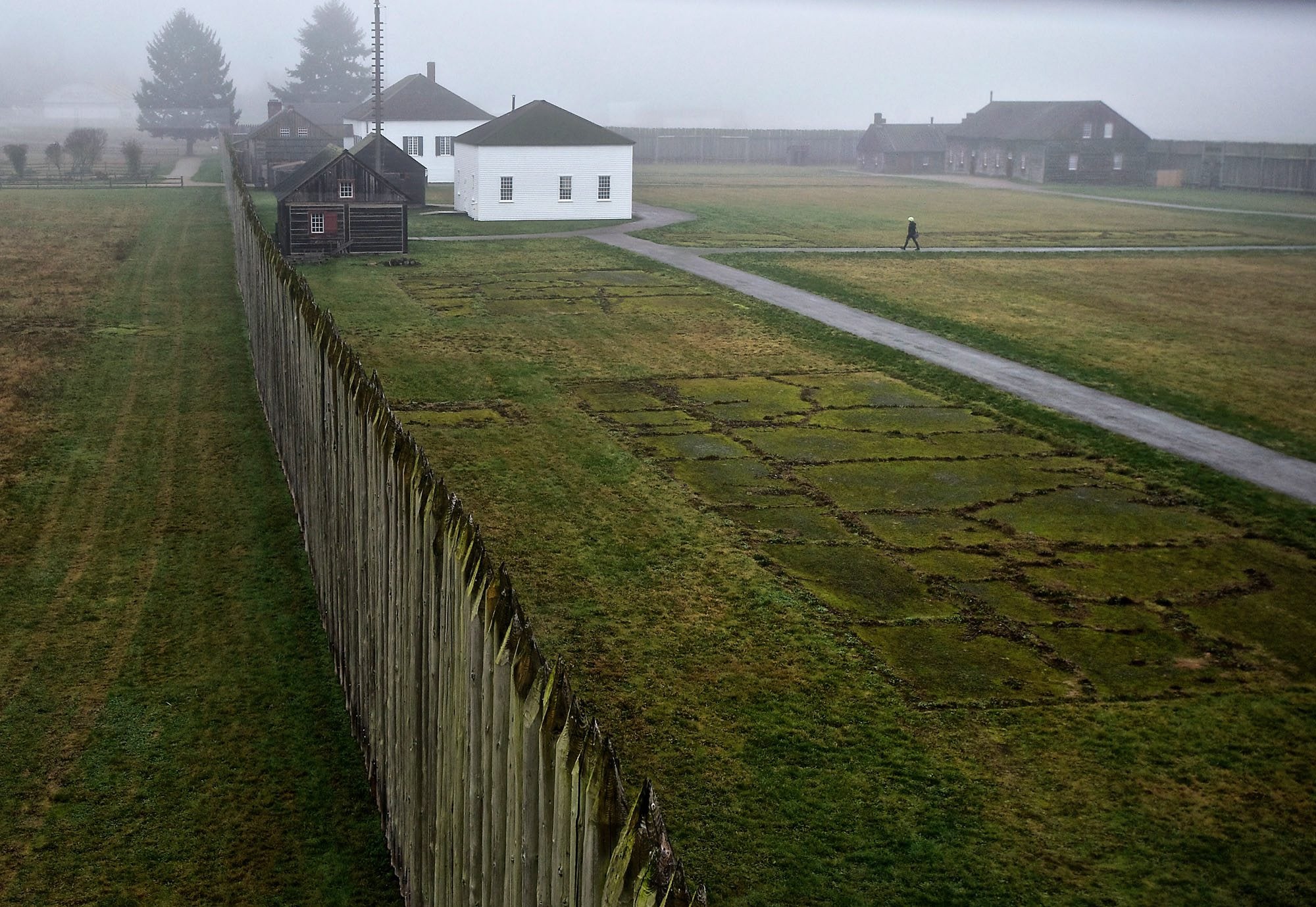There is a more secure future for an iconic symbol of Vancouver’s frontier past.
Fort Vancouver National Historic Site started a preservation project this week to replace pieces of the reconstructed log stockade known as the palisade.
The north wall of the palisade and the main gate, which face East Fifth Street, were built in 1966 by the National Park Service. The other three sides were built in 1971.
“The palisade provides a powerful symbol of the Northwest,” Fort Vancouver Superintendent Tracy Fortmann said. And even today, an element of that palisade forms part of the official emblem of the city of Vancouver, she said.
But after up to 50 years, some individual pieces of the fort at 1001 E. Fifth St. are due for replacing.
“We worked with the Oregon State University Department of Forestry and sampled every single wood member in that structure,” said Alex Patterson, the historic site’s facility manager. “We can measure the rate of decay, and pinpoint those that could be an issue so we can replace them now.”
Only those showing advanced rates of decay will be replaced.
Most of the logs a visitor sees at the fort are called pickets — the sharpened vertical logs that actually form the wall; king posts are the sturdier vertical logs that anchor sections of pickets; walers are the horizontal wooden beams that frame sections of the palisade.
The work is being staged to minimize impact on visitors, Fortmann said. All of the facilities inside the fort will remain open to the public during the project. It is scheduled to be finished in time for the annual Campfires & Candlelight event on Sept. 10.
Just a bit of work will be done at any one time, for the sake of security.
“After we pulled the first few pickets, the openings were barricaded with plywood,” Patterson said.
The palisade measures 14 feet from ground to the pointed tips of the logs, Patterson said; the pickets are sunk about 4 feet into the ground, meaning that their overall length is 18 feet.
The project will cost about $500,000. The contractor is Ausland Group of Medford, Ore.




